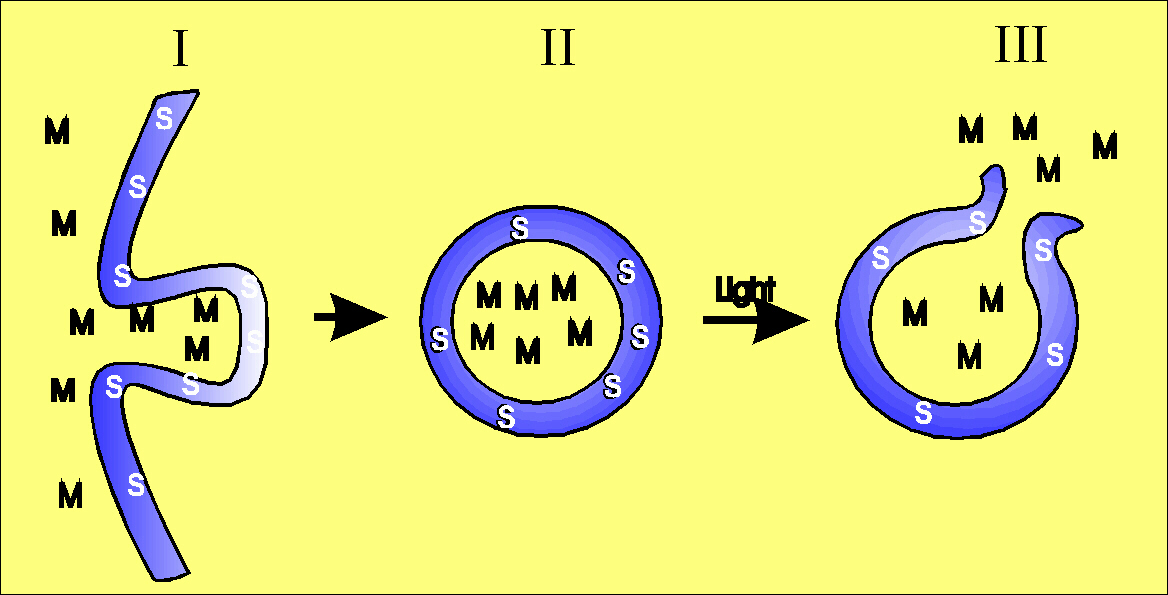What is PCI?

Photochemical internalisation (PCI) is a unique novel technology (invented at the Norwegian Radium Hospital) that has emerged from photodynamic therapy (PDT). In PCI photochemical reactions are used to realise or potentiate the therapeutic effect of a lot of different molecules. These are molecules that are taken into the target cell by endocytosis and that have to be released from the endocytic vesicles to be able to exert a therapeutic effect. Examples of such molecules are: many proteins (e.g. several protein toxins), different types of oligonucleotides, and genes and viruses for gene therapy. Many of these molecules have a large therapeutic potential that it has so far not been possible to fully exploit. In the PCI technology light is used to relocate the therapeutic molecules from endocytic vesicles into the cell cytosol. In this way the molecules can reach their correct intracellular target, e.g. in the cell cytosol or nucleus, and exert a therapeutic effect that would otherwise been precluded by lysosomal degradation. It is well documented that a number of photosensitizers, including di- and tetrasulfonated aluminium phthalocyanine (AlPcSn) and sulfonated tetraphenylporphines (TPPSn), are located in endosomes and lysosomes. The introduction of molecules into the cytosol is achieved by first exposing the cells or tissue to a photosensitizing dye and the molecule which one wants to deliver, both of which should preferentially localize in endosomes and/or lysosomes. Secondly, the cells or tissues are exposed to light of wavelengths inducing a photochemical reaction. This photochemical reaction will lead to disruption of lysosomal and/or endosomal membranes and the contents of these vesicles will be released into the cytosol. The principle is illustrated in the figure.
In vitro PCI, has been documented efficient in internalization of type I ribosome-inactivating plant toxins (RIPs), an immunotoxin, a peptide (for use in cancer vaccine), horseradish peroxidase, ribozymes, oligodeoxynucleotides, plasmids and an adenovirus gene therapy vector.